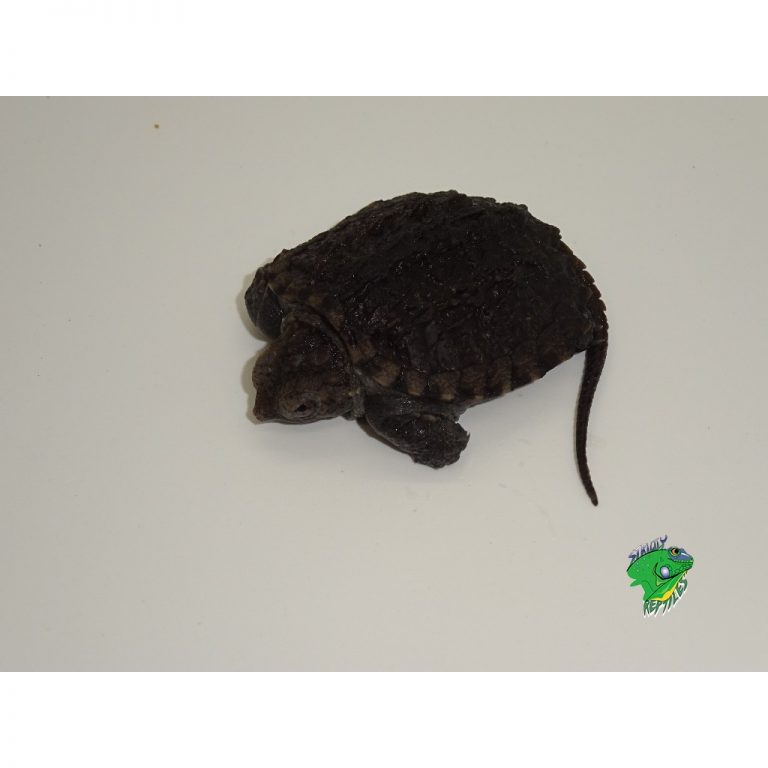

The needed carrying capacity was originally specified as 13 deer per square mile, but was corrected in 2000 to 18. The protections for the wolf included a standard and guideline intended to retain, in the face of logging losses, enough habitat carrying capacity for deer in winter to assure the viability of the Alexander Archipelago wolf and an adequate supply of deer for hunters. The Tongass NF is important in wolf conservation because it includes about 80% of the region's land area. In the mid-1990s, the United States Fish and Wildlife Service evaluated a petition to list this wolf subspecies as threatened, and decided a listing was not warranted in August 1997, largely on the basis of provisions the Forest Service had included to protect the viability of the wolf subspecies in its Forest Plan for the Tongass National Forest, adopted three months earlier. In Southeast Alaska, the Sitka deer is the primary prey of the rare Alexander Archipelago wolf ( Canis lupus ligoni), which is endemic to the region. Caution when driving is prudent because often as one deer crosses, another one or two follow. Wooded areas with forests on both sides of the road and open, grassy areas, i.e. Īt dawn, dusk, and moonlit nights, deer are seen browsing on the roadside. Their large ears can move independently of each other and pick up any unusual sounds that may signal danger. The metatarsal (outside of lower leg) produces an alarm scent, the tarsal (inside of hock) serves for mutual recognition and the interdigital (between the toes) leave a scent trail when deer travel. ĭeer communicate with the aid of scent and pheromones from several glands located on the lower legs. Does are very protective of their young and humans are viewed as predators. Although does are excellent mothers, fawn mortality rate is 45 to 70%. She must also eat enough to produce enough milk to feed her fawns.

This enables the mother to leave the fawn hidden while she goes off to browse and replenish her body after giving birth. Fawns weigh 2.7 to 4 kg (6.0 to 8.8 lb) and have no scent for the first week or so. Twins are the rule, although young does often have only single fawns. The gestation period for does is 6–7 months, with fawns being born in late May and into June. Bucks regrow their antlers beginning in April through to August. Antlers on the forest floor provide a source of calcium and other nutrients to other forest inhabitants. They drop their antlers between January and March. They suffer broken antlers, and have lost weight. After the rut, the bucks tend to hide and rest, often nursing wounds. Bucks can be observed running back and forth across the roads in the pursuit of does. The mating or 'rutting' season occurs during November and early December. Late spring to fall, they consume grasses, blackberries, apples, fireweed, pearly everlasting, forbs, salmonberry, salal, and maple. During the winter and early spring, they feed on Douglas fir, western red cedar, red huckleberry, salal, deer fern, and lichens growing on trees. This deer often is most active at dawn and dusk, and is frequently involved in collisions with automobiles.ĭeer are browsers. One of the plants that black-tailed deer browse is western poison oak, despite its irritant content. These two subspecies thrive on the edge of the forest, as the dark forest lacks the underbrush and grasslands the deer prefer as food, and completely open areas lack the hiding spots and cover they prefer for harsh weather. This may be the result of introgression, although hybrids between the mule deer and white-tailed deer are rare in the wild (apparently more common locally in West Texas), and the hybrid survival rate is low even in captivity. Despite this, the mtDNA of the white-tailed deer and mule deer are similar, but differ from that of the black-tailed deer. Strictly speaking, the black-tailed deer group consists of two subspecies, as it also includes O. It is a popular game animal.Īll recent authorities maintain it as a subspecies of the mule deer ( O. The black-tailed deer is currently common in California, western Oregon, Washington, in coastal and interior British Columbia, and north into the Alaskan panhandle. East of the Cascade and Sierra Nevada Ranges in Oregon and California, black-tailed deer are replaced by mule deer which have a different tail pattern. The black-tailed deer lives along the Pacific coast from western California up through Alaska.


 0 kommentar(er)
0 kommentar(er)
